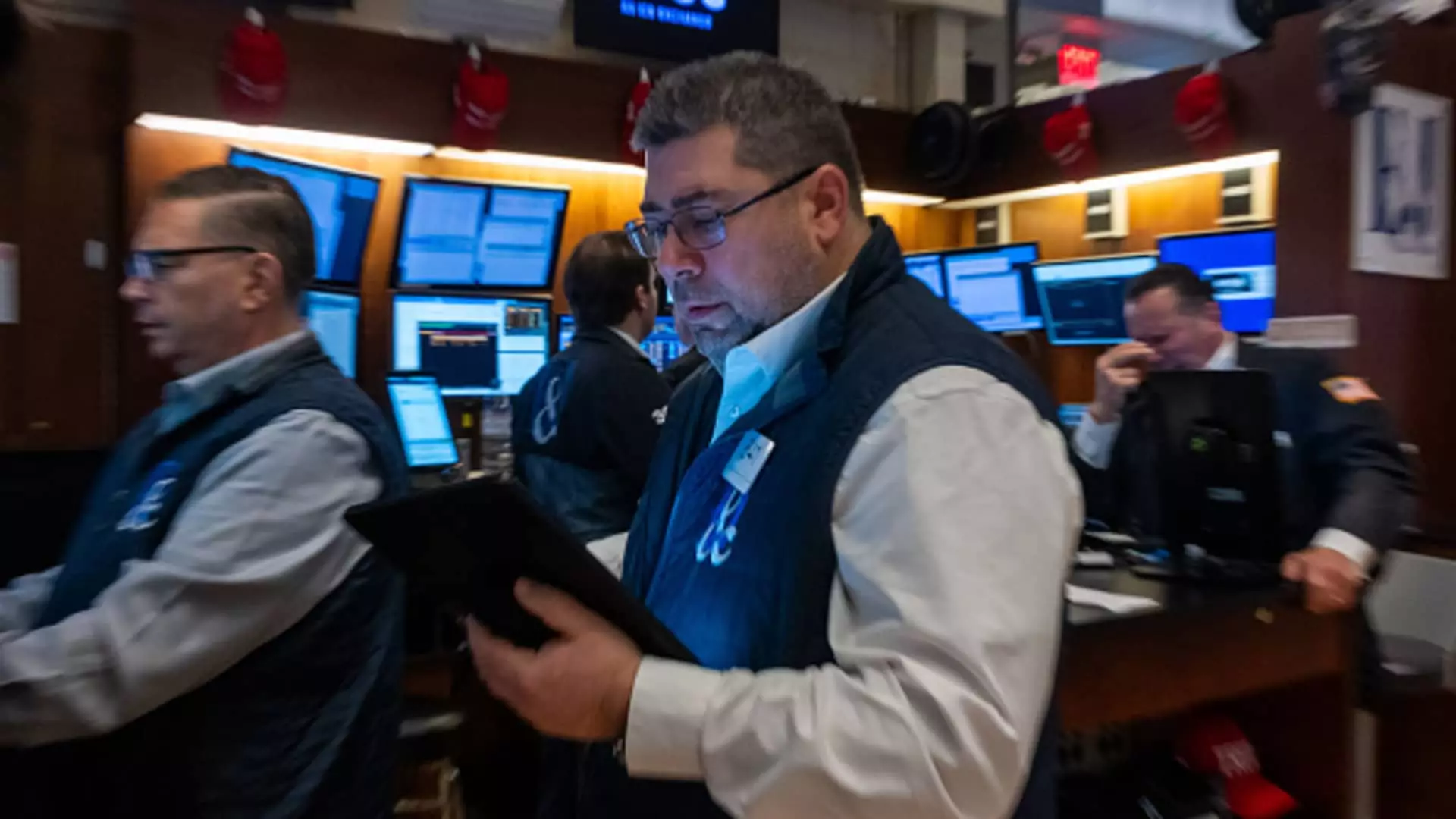The financial landscape is perpetually evolving, and the recent surge in trading activity surrounding leveraged and inverse exchange-traded funds (ETFs) serves as a compelling case study. Investors are increasingly allocating resources into these instruments primarily due to their ability to magnify potential returns within short timeframes. However, with this allure comes an inherent complexity that requires a thorough understanding, lest investors fall prey to pitfalls associated with such high-stakes strategies.
At the heart of leveraged ETFs lies the use of financial derivatives, structured to amplify the daily returns of an underlying index or stock. For example, if the S&P 500 index experiences a 1% rise in value, a 2x leveraged ETF is expected to yield a 2% increase, while a 3x leveraged ETF would theoretically generate a 3% gain. On the flip side, inverse ETFs aim to profit from market declines by delivering opposite results, where a 2x inverse ETF would reflect a -2% return in response to a 1% market increase. As modern investors navigate complex financial waters, these products are becoming increasingly integral to the trading environment.
Data shows that the investor community‘s appetite for such vehicles is not merely a fleeting trend. The market for leveraged and inverse ETFs has seen an exponential rise in trading volume, which contributes to their ever-growing significance in the broader ETF space.
This trend aligns with a broader, more speculative investment culture that finds its roots in various market dynamics. With not just leveraged ETFs but also options trades and cryptocurrencies like Bitcoin experiencing noteworthy upticks, it is clear that investor sentiment increasingly favors high-leverage opportunities. According to industry experts, the volatility and flurry of daily news cycles only amplify the gravitation toward these tactical vehicles.
Douglas Yones, CEO of Direxion, noted that there is a marked increase in interest from retail investors seeking a quick advantage in fluctuating markets. With the barriers to entry being lowered considerably by technology, younger traders are particularly drawn to trading strategies that involve perceived lower risks due to the potential high rewards.
The emergence of leveraged and inverse ETFs in the U.S. market can be traced back to 2006, and they have only grown in sophistication and popularity since then. The introduction of single-stock leveraged ETFs took place in 2022, catering to investors looking to leverage individual company performances. As a result, prominent products such as ProShares UltraPro QQQ (TQQQ)—which specifically tracks the Nasdaq 100—have amassed staggering assets totaling nearly $26 billion.
These figures reflect the prevailing bullish sentiment across many sectors of the market, bolstered by substantial gains in recent years. On the flip side, as leveraged funds make up a more significant share of the total ETF universe, their influence is becoming more pronounced.
While the growth in asset volumes among leveraged and inverse ETFs can, in part, be attributed to a booming bull market, the trend hints at a fundamental generational shift in trading strategies. Todd Sohn from Strategas highlights how a notable portion of retail traders—estimated at about 75%—are responsible for the surge in leveraged products. He adds that the ease of accessing these investments through mobile platforms invites increased participation, particularly from younger demographics eager to embrace speculative strategies.
However, the playbook for these investors must include a critical understanding of risk management, as these products are tailored for short-term market dynamics rather than long-term investments. The resetting nature of leveraged funds on a daily basis often leads to performance outcomes that defy straightforward expectations, especially over longer holding periods.
One cannot ignore the complexity of compounding effects and the inherent risks associated with leveraged and inverse ETFs. For instance, a simplified hypothetical scenario illustrates how leveraged investments can yield unexpectedly lower returns when held over sequential trading cycles. A 2x leveraged ETF might mislead investors into anticipating a linear accumulation of returns; however, the reality involves a myriad of factors, including market volatility and fund fees, that can erode profits.
Industry professionals urge caution, emphasizing that these products serve best for day trading or short-term strategies rather than buy-and-hold tactics. According to Yones, the majority of those engaging with leveraged ETFs possess a full understanding of their nature; however, the ever-present dangers warrant continual vigilance, especially in turbulent market conditions.
The soaring popularity of leveraged and inverse ETFs encapsulates a significant aspect of the contemporary investment landscape, providing lucrative opportunities paired with considerable risks. As retail traders continue to engage in a dance with market volatility, the importance of education and market awareness cannot be overstated. Moving forward, investors must balance the allure of high-leverage stakes with robust risk management strategies to navigate this complex yet enticing domain.

